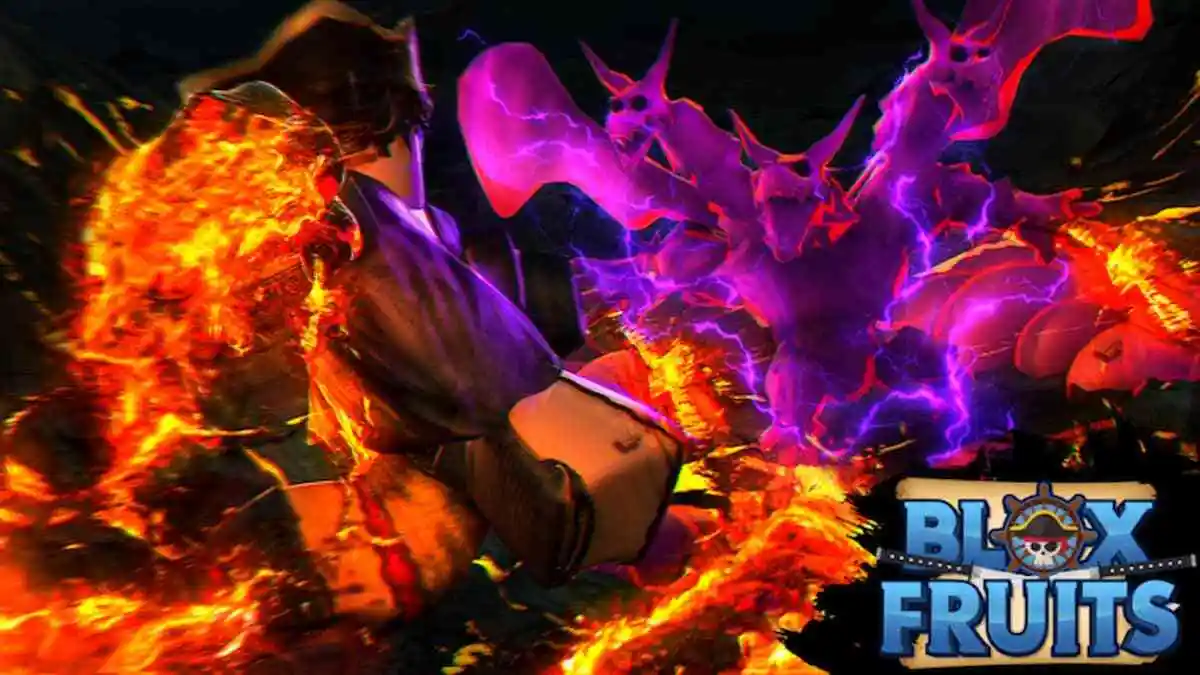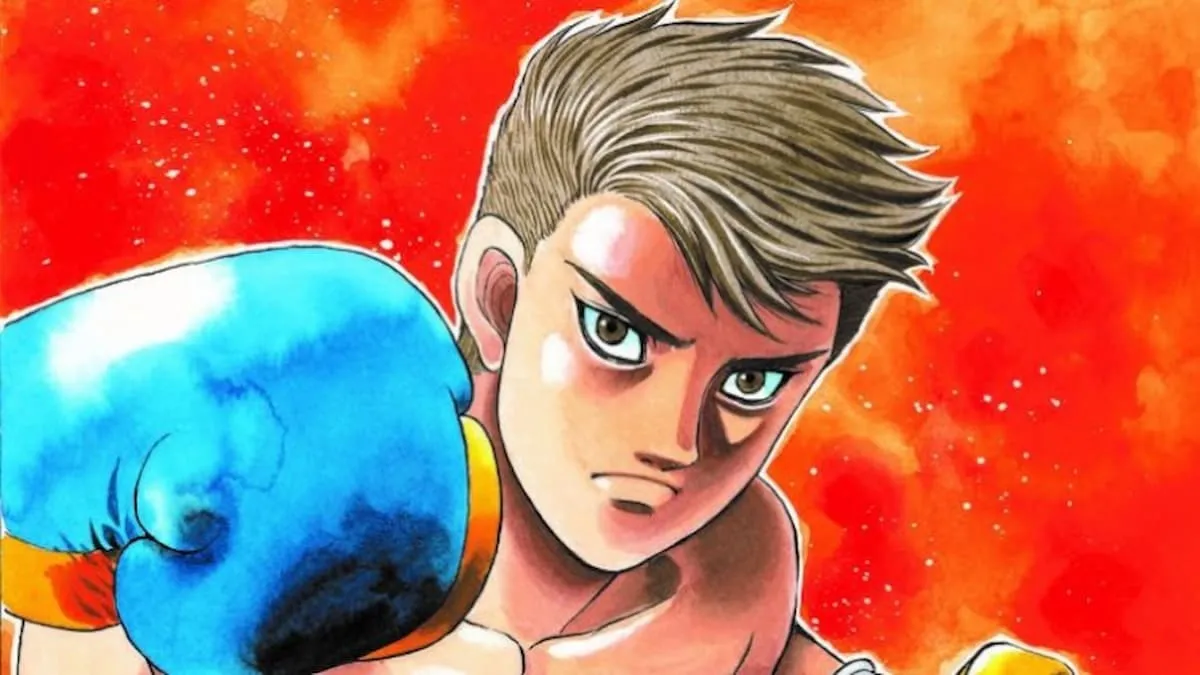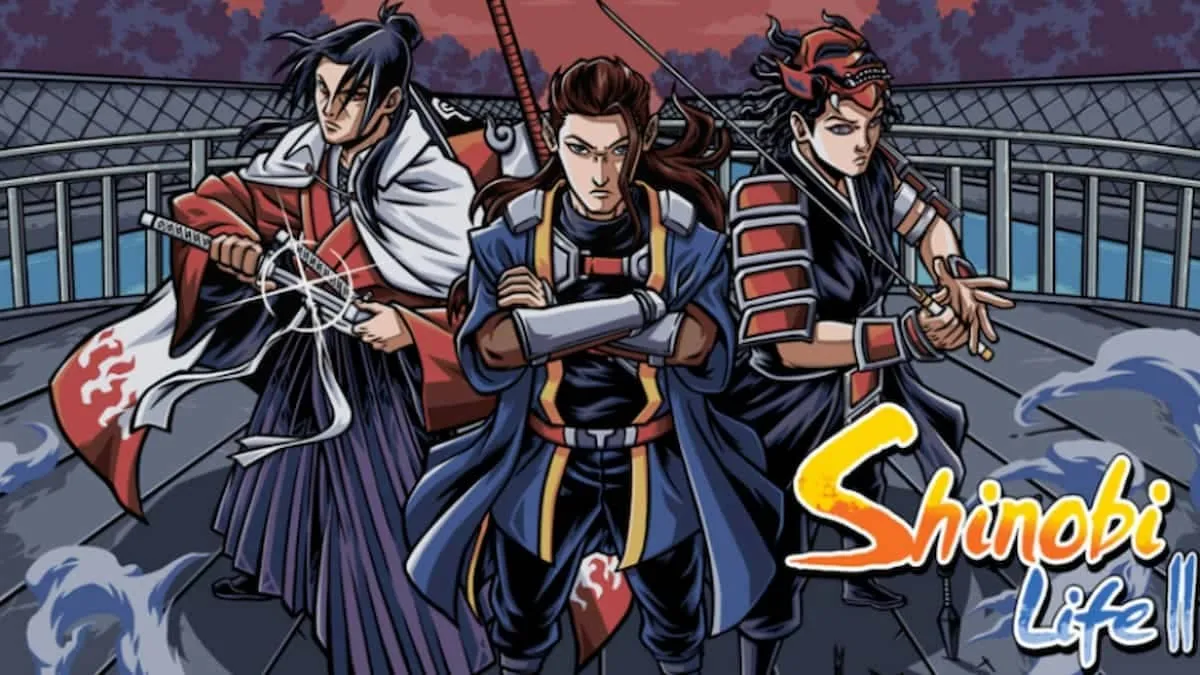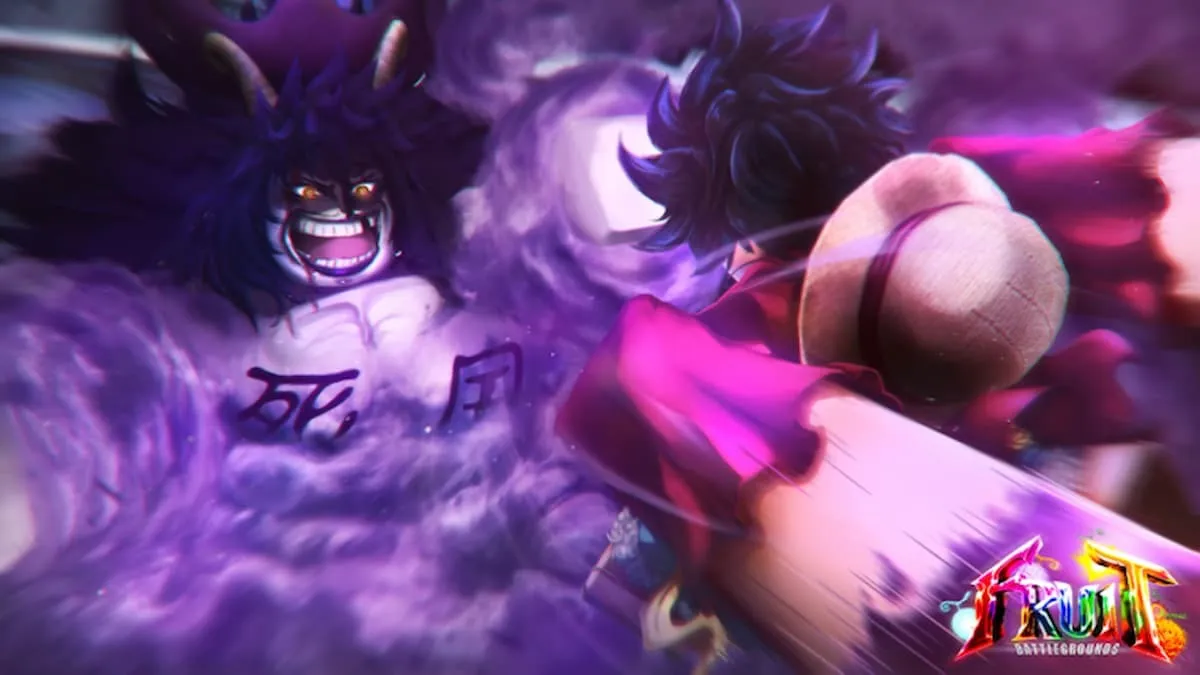In November 2012, the computer game Elite: Dangerous began crowd funding on Kickstarter.
In December 2012, I ran my own crowd funding campaign to pay for the license of an official novel of Elite: Dangerous. I reached my goal with five minutes to spare, and the novel And Here The Wheel was published in May 2014.
I’ve discussed the process of writing Elite tie-in fiction in this article, but here I’ll discuss the process of creating a crowd funding campaign for YOUR game…

Asking people to part with their hard-earned cash is never easy. Asking them to do it on the promise of an idea is a whole lot harder, but that is exactly what crowdfunding is.
There are hundreds of crowdfunding platforms, such as Indiegogo, Pozible, Pledgme and more. Kickstarter, the largest online crowdfunding platform, has in received over $1 billion in pledges from 5.7 million donors to fund 135,000 projects over the course of five years. These numbers prove that there are people out there who are prepared to pay to help what they consider an important campaign.
Crowdfunding offers some very clear advantages for any indie computer game developer.
Advertising
- Many people peruse crowdfunding websites looking for projects, so you are putting your name in front of a new group of people. Plus, putting up a campaign is completely free.
Building a fan base
- This is the killer. Once you complete a successful crowdfunding campaign, you will have a group of backers who are financially tied to you and your success.
Enhancing your fan base
- If you run a great campaign your backers will also be emotionally tied to your project. They will want you to succeed so much that something magical happens. Your backers become your advertising. They will retweet your tweets, share your facebook posts, they will shout your name from the rooftops, and their friends will learn about you and hopefully their friends…and you get the idea.
Finances
- Obviously programming a game, hiring designers/authors/publicists, and paying for coffee are not free. A successful campaign is prepared to cover these costs and more.
Focus
- So a couple of hundred people have pledged for your game which you haven’t even finished yet. Scared? You should be. Nothing focuses you like knowing people’s money is riding on your success.
So how do you run a successful campaign?
I ran a successful Indiegogo campaign across 30 days, starting in December 2012 for my Elite: Dangerous tie-in novel, And Here The Wheel (available from Amazon). At launch I felt pretty prepared, but I spent the next thirty days trying to catch up. Adrenaline-fueled days that dragged by with emotional highs and worrying lows. It was an experience like no other, and I met my financial target with five minutes to spare. The following points should help you stay on the right crowdfunding path. The result though? That’s up to you.

Choose a Platform
Fees and Structure
Each platform is different. Kickstarter takes payment from pledgers once the campaign concludes, while Indiegogo takes payment up front via PayPal and refunds if the campaign is unsuccessful. This is a barrier to international backers concerned with currency conversion fees on the refund. Conversely, no payment until the end allows ‘upgrading’ of pledges through the campaign (your campaign updates should convince existing backers to upgrade to even higher pledge tiers). Up-front payment gives you security, while delayed payments can result in some backers defaulting as their finances change across the campaign.
Also consider your fees. How much will the platform charge you to put up your campaign? Does the money come through PayPal or Amazon, and what are their charges? Do you want to use a ‘fixed’ campaign (i.e. If you set a goal of $5,000, you need to reach $5,000+ or you receive nothing) or a ‘floating’ campaign (where you keep all pledges at the end of the campaign, but even if it is not enough to complete the work you are still legally obligated to provide pledge rewards)?
Location
I ran my campaign concurrently with the main Elite: Dangerous Kickstarter campaign. I had ready access to backers for the game my book was based on. Unfortunately at the time, I could not create a Kickstarter campaign from New Zealand, so I used Indiegogo. Now I had two barriers between me and potential backers. I was asking them to make an account on a second platform, as well as asking them to pay up front with potential refund fees. Consider your target audience’s location and where similar projects have been staged previously.

Choose a Goal
Pick a financial target that is both achievable and the bare minimum you need to complete the job. Save luxuries for ‘stretch’ goals, which you can fund if you exceed your initial target.
Create a sales pitch
Your campaign homepage will be pictures and words, and they need to sell your idea, your concept, your passion, to the point that people open their wallets and transfer funds to you. Browse Kickstarter for wildly successful campaigns. Study, absorb and emulate. Don’t use self-deprecating terms. Don’t say ‘every dollar helps’. Be confident. Say: ‘I’m going to succeed, now who wants to come along for the ride?’
Study Google.
Create awesome pledge rewards
Pledge rewards are what pledgers receive in return for backing your campaign. You should use a scale of different pledge tiers. Start at $1 so people can receive your updates (during and after the campaign) and go all the way up. Consider scarcity. Our brains are wired to hoard in the face of scarcity. It’s an evolution leftover. Use it! Limit your larger pledge rewards to entice backers to grab them before someone else does.
Below are some successful examples of rewards for you to consider. Remember that you are producing a game that you have full creative control over so you can use this to your advantage.
- Receive a digital download of the game
- Received a boxed edition of the game
- Receive a limited edition boxed version of the game (with extras)
- If you link up with an author and they can produce fiction, then possibilities are:
- Receive a free copy of the ebook on release
- Receive a free copy of a paperback when released (make sure you include printing costs in your campaign goal or use printed copies as a stretch goal).
- Receive a dedication at the front of the book.
- Add a quote or line of text to the novel. In a small way this lets backers be a part of the ebook itself.
- Receive a monthly/bi-montlhy newsletter (a great way to provide ‘behind the scenes’ information to backers – if you’re prepared to put in the effort).
- Name a character, brand, object, etc (in the game and/or associated fiction if you have it).
- There will be people and places which all need names. Not only does this make people feel a part of the game (and man does it give them a buzz when they see in for real in the released game) but it can also help spur your creative juices.
- Note: You could have various naming pledge tiers – you could sell names of numerous ‘things’ cheaply, and more rare items (such as a ship class or main character names) at a higher price.
- Alpha Access
- Beta Access
- Help design a chapter/sequence of the game – become a part of the creative team. If you are prepared to do this you would limit it to 1-2 and make it an expensive reward.
- Receive a copy of the game soundtrack
- Receive some in-game starting bonuses (e.g. more equipment and money, if applicable).
- Lifetime digital updates to game (i.e. if you are releasing in stages and plan updates)

Prepare Media Content
Without media, your campaign is static. 2-3 media-based updates a week keeps your campaign fresh, allows you to showcase your talents and passion and keeps the backers engaged. Potential new backers want vibrant updates with detailed information. Success breeds success. Make your campaign a conversation that others want to be a part of, and they’ll be the ones attracting new backers.
You need high-quality videos. This is the Internet age. Accept it. Buy basic video manipulation software. Borrow an HD camcorder. A two-minute video with an intro still and background music is all you need. The videos can be simple updates, such as spotlights on aspects of the development and your team.
Audio also works well. It’s simpler than video and provides variation in content. Do you have backstory or details about in-game factions and locations? You could do a dramatic reading, or just straight-up excerpts.
You also need still images for your main page and for updates – game logos, company logos, in-game screenshots, pretty pictures related to the game.
Be accessible
Advertise in social media. Engage in appropriate trending Twitter conversations. Reply to campaign questions from backers. Show the backers how much of a cool guy/girl you are. Show them your strengths and weaknesses. Show them you are a passionate human being who simply has to make this game, or else they will die from emotional shock.

Don’t stop when the campaign finishes.
“This isn’t the end. This isn’t even the beginning of the end. However, this is the end of the beginning.”
A shameless re-quote, but it’s true. The campaign was the easy bit. Now you have to make the game while continually interacting with your followers You’ve just scored yourself an email list. Use it. Blog updates. Campaign updates. Show them snippets of progress, concept artwork, run a podcast, whatever, just keep doing it and don’t stop, ever.
Good luck.
————————————————————————–
John Harper’s writing career began in his first year of school when he stood up in school assembly and read out his own rendition of the movie Short Circuit. His first novel Elite:And Here The Wheel – an official tie-in novel for Elite: Dangerous – was published in May 2014 by Fantastic Books Publishing.
John is married with two kids, both of whom he adores to bits. He likes running, fitness, the V8 Supercars, and cricket. He keeps his followers up to date at www.andherethewheel.co.nz, and can be contacted at [email protected]








